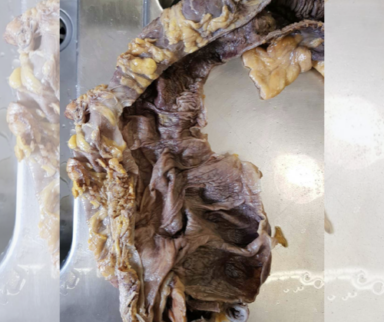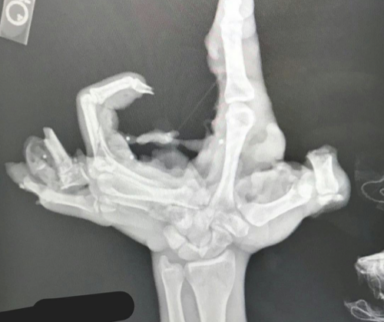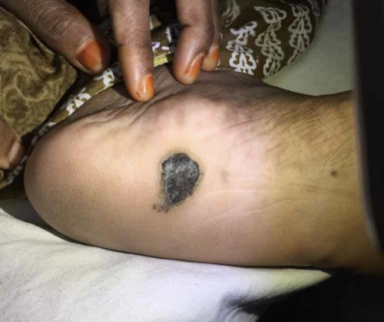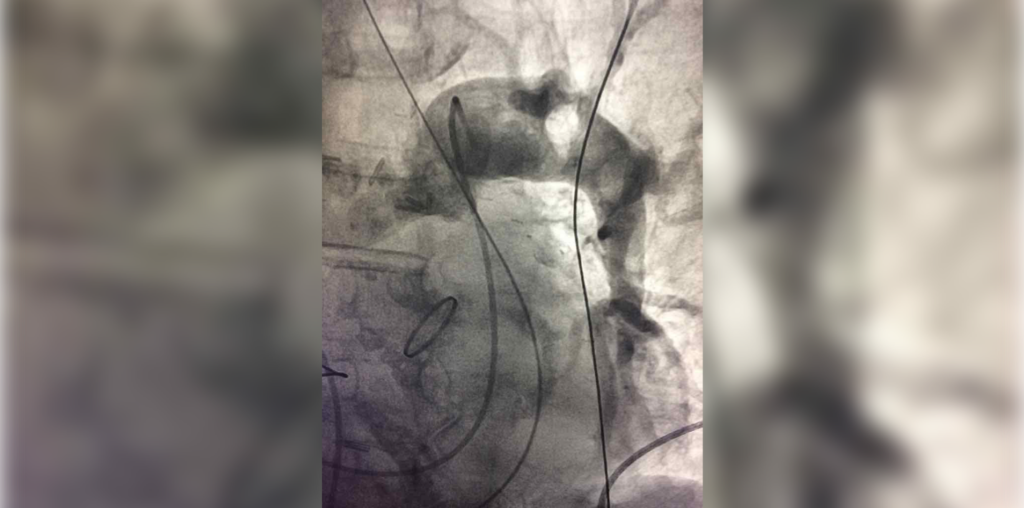
Cardiologists are sharing content every day in Figure 1. Here are the top five most interesting cardiology cases trending within the community.
#5. An Unfamiliar Valve
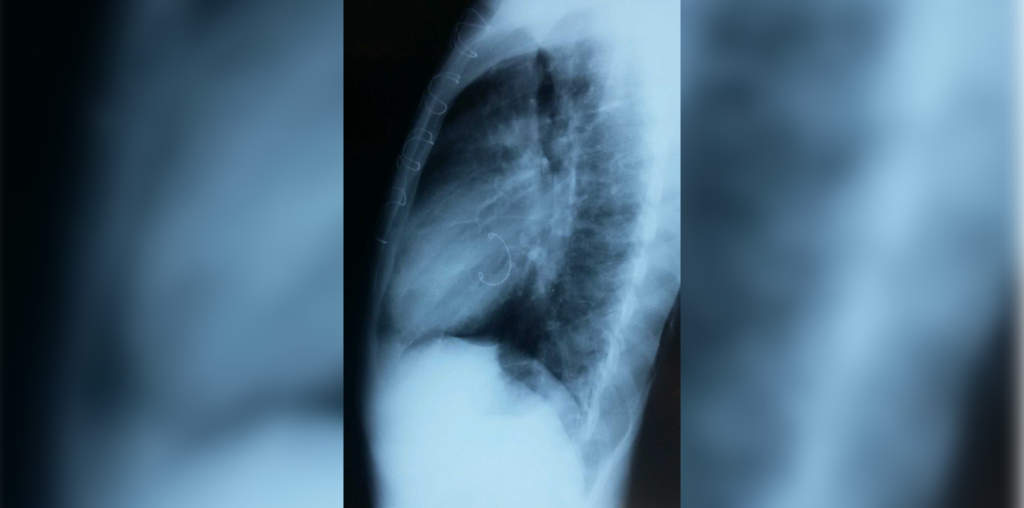
Our #5 case in the most interesting cardiology cases is this unfamiliar device finding. The patient is a 19-year-old male who underwent mitral valve replacement, but our Figure 1 member who submitted this case couldn’t quite determine if this was a mechanical or biological valve. One member commenting, “does he tick?! Mechanical [valves] tend to do that.”
But is it even a valve replacement at all? “Looks like an annuloplasty ring for MV repair and not a replacement to me,” said another Figure 1 member.
Does this device look familiar to you? View the case to see the radiograph
#4. Dyspnea with No Known Cause
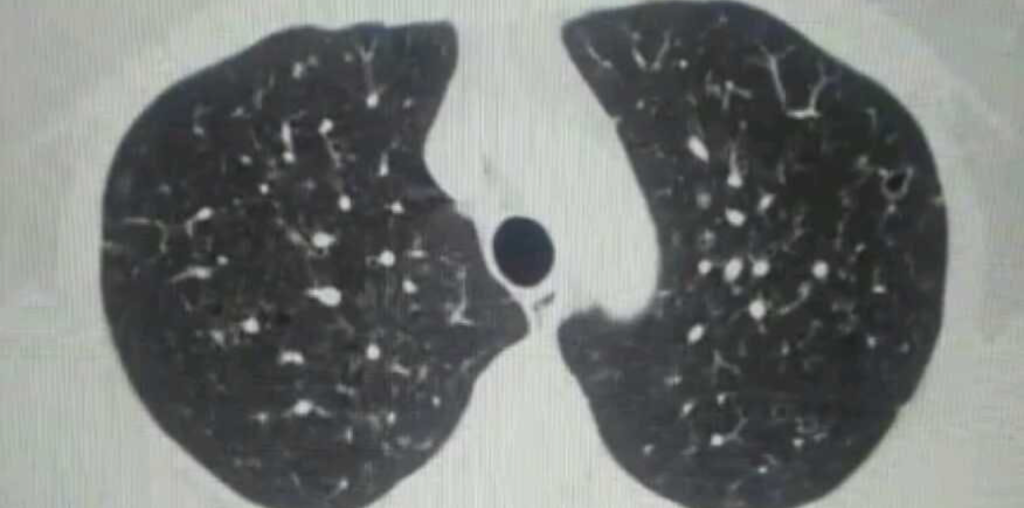
Next on our list is a 37-year-old female with mild dyspnea. Pulmonary embolism you say? Not so fast! CT was completed, but no pulmonary embolus was identified. The Figure 1 community had lots of potential diagnoses for this, ranging from a pleural effusion to cancer.
One member shared, “This also looks like lymphangioleiomyomatosis (LAM), especially with the thin-walled cysts and emphysema-like voids without lung enlargement. Recommend spirometry and VEGF-D. LAM often misdiagnosed as COPD. Only 4,000 global diagnoses (only 1 male!) but as many as 50,000 undiagnosed.” Another member said, “I would suspect TB. Has this patient been possibly exposed to TB?”
Take a look at this CT. What’s your diagnosis? View the case to offer your insights
#3. A New ECG Rhythm
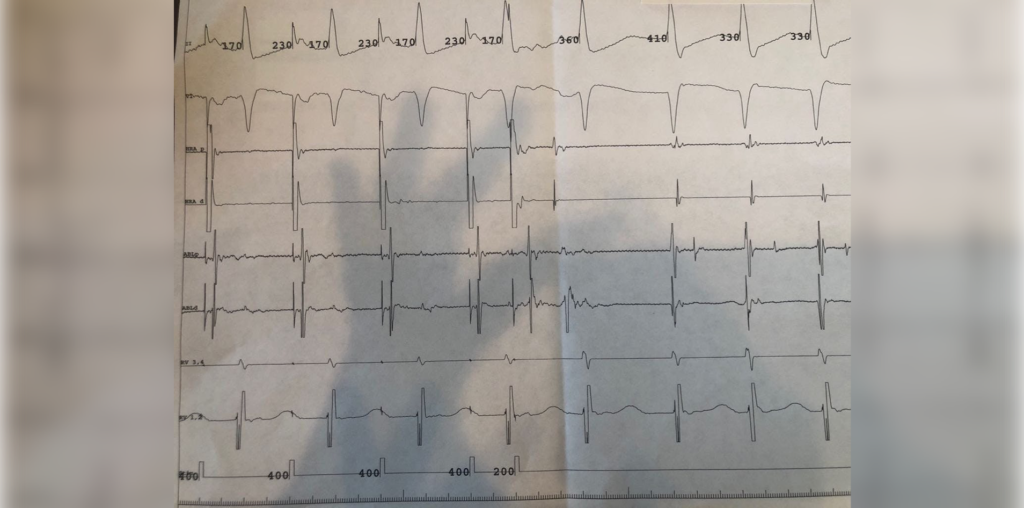
Third, on our list of most interesting cardiology cases is this ECG report. Submitted by a nurse practitioner and Figure 1 member, this ECG was collected on a patient who recently underwent an electrophysiology study. “I am a new nurse practitioner who started working for a cardiologist who specializes in electrophysiology. According to my very experienced cardiologist, this is something that he has not seen in a long time. Any thoughts on what the rhythm is? And where it originated from?”
Turns out, this member isn’t the only one scratching their head at this rhythm. “Are those pacing spikes? I think that is what’s throwing me off?”, one Figure 1 member replied. And perhaps making it an even more challenging rhythm to read, a registered nurse Figure 1 member shared this isn’t just any ECG. “These tracings are from different electrodes on multiple caths in the heart.”
This is certainly a unique rhythm. View the case and join the conversation
#2. Emergency PEVAR Repair
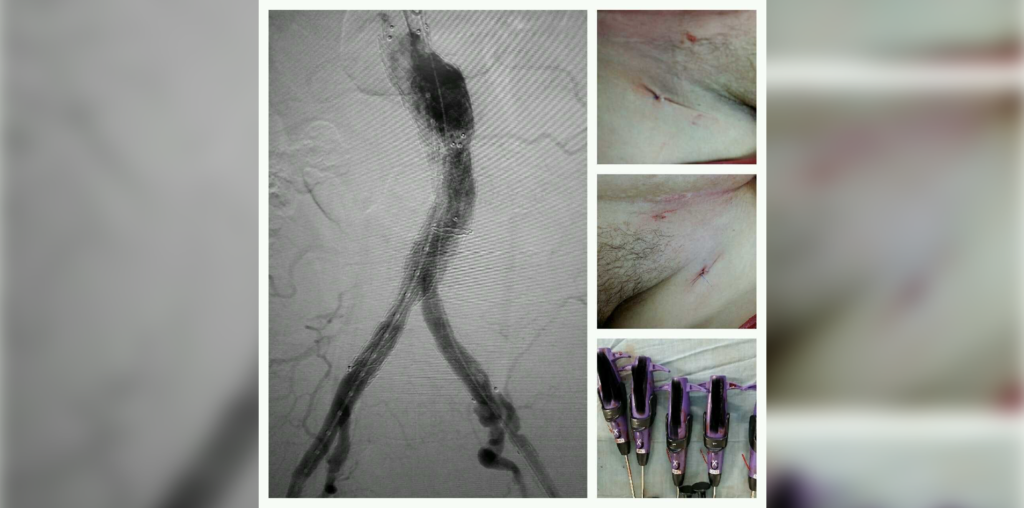
Our #2 case is a percutaneous endovascular aortic aneurysm repair or PEVAR. In this case, a Figure 1 member shared a successful PEVAR image and poses an interesting question: “Minimally invasive procedure by Interventional Radiology team … in the emergency case, with sedation, vascular surgeon not always necessary. Do you agree?”
The Figure 1 community chimed in with an interesting range of responses. Some Figure 1 members agree that having a vascular surgeon present isn’t always necessary, while others disagree with the potential scenario.
However, we can thank the advancement of technology as it’s certainly helped increase the efficacy of PEVARs over the years, in contrast to much more invasive and riskier open surgical repairs of an aortic aneurysm.
What do you think about this procedure? View the case to see what your colleagues said about it
#1. Not a Myocardial Infarct
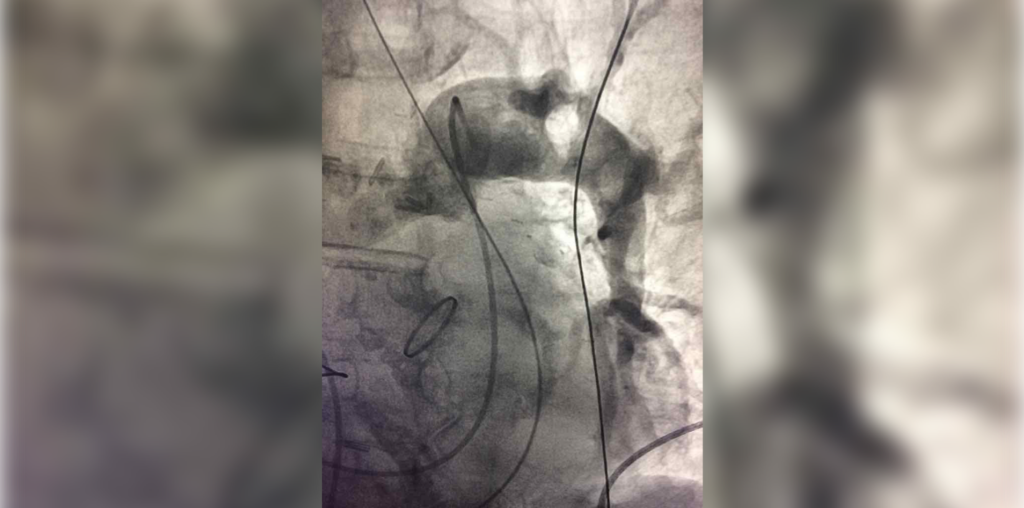
And our #1 most interesting medical case in cardiology comes from a registered nurse Figure 1 member who shared a wow-inducing radiographic image of a pulmonary embolism. What makes this case even more interesting is that the initial suspected diagnosis was a myocardial infarct. “Not the case … multiple VF/VT arrests with complete AV dissociation in between.”
What’s your advice for ruling out pulmonary embolism in a patient experiencing cardiac arrest? View the case to share your recommendations
Published February 9, 2022
Join the Conversation
Register for Figure 1 and be part of a global community of healthcare professionals gaining medical knowledge, securely sharing real patient cases, and improving outcomes.

